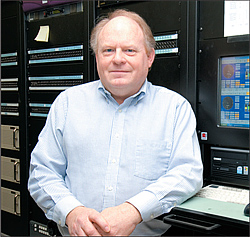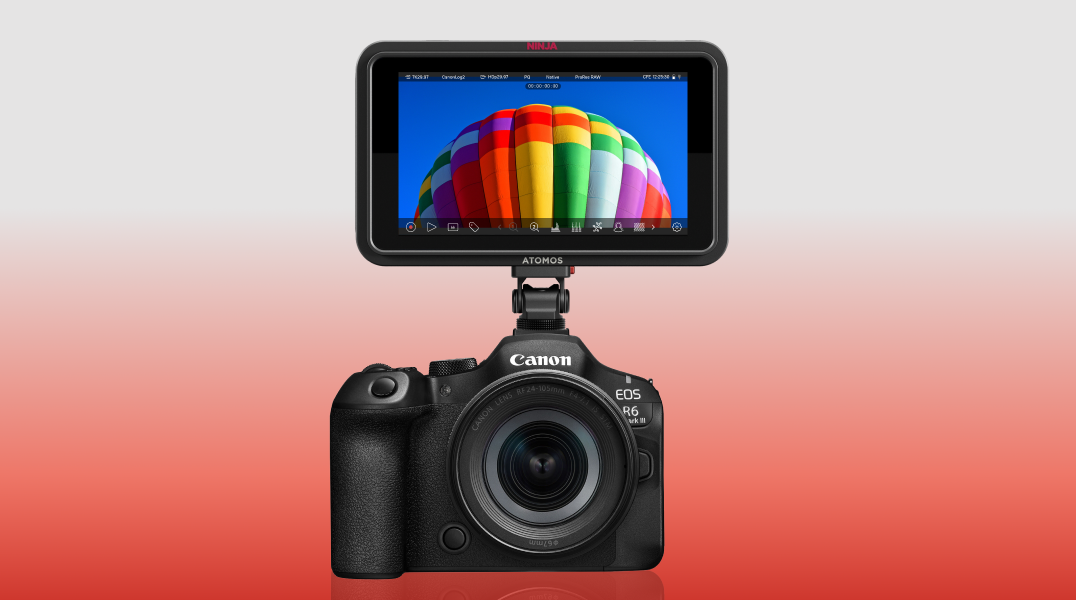N Systems Boosts WBFF's ENG Capabilities

David HackneyBALTIMORE
WBFF became the Fox affiliate for Baltimore in 1986. Like all Fox affiliates, we have a strong commitment to news. WBFF launched its news operation in 1991 and was the first station in Maryland to broadcast local news in HD begining in 2008. We produce more than 30 hours of local news content each week.
BAS STIMULUS
The BAS relocation was a golden opportunity for 2 GHz licensees to replace existing analog ENG central receive systems with new digital systems to use in the new band plan.
Our old ENG system used steerable receive antennas at our Baltimore area TV Hill and Legg Mason sites, and a remote control system at the studio. Over time we replaced the existing control system with an MC5 from NSI to operate the receive systems.
With the transition, our goal was to design and build a new system that could both easily work in the new band plan and also meet future needs for field acquisition in HD with minimal interruption to the existing news operations.
After looking at antennas and controls from several manufacturers (and based on our past experience with the MC5), we selected NSI for both the central receive antennas and the remote control system. A Superquad was installed on the tower at our TV Hill site and a Silhouette was installed at our downtown Legg Mason site. The MC5 has two networked master units, with complete control of all of the sites from either master unit.
One of the best features of the MC5 is its ease of use. The learning curve for transitioning to the new digital equipment was minimal, as operators were already familiar with the user interface. Setting up a live shot is very easy. The operator aligns the receive antenna by selecting a compass rose heading or by selecting the ENG truck's location on a map. The setup is optimized by an automatic peak function.
Once the live shot is ready, the MC5 provides storage of all receive system settings (channel, antenna heading, LNA level, polarization) as a preset. On a busy day, when multiple trucks are using the same receive site, the presets allow us to quickly switch from live shot to live shot, which is very valuable.
We now have much more detail about what is going on at the sites. The MC5 gives us the ability to consistently manage things and to quickly evaluate received signals. Its ability to provide a low latency spectrum analyzer display and maintain very responsive receiver and antenna controls via a dial-up link is very impressive.
I really like the 100-step variable gain LNA that's built into the Superquad and Silhouette antennas. We frequently use two pedestals side-by-side in a 12 MHz channel. The operator monitors the MC5's spectrum analyzer display and adjusts the LNA gain for maximum RSL with minimal spectral re-growth to give us the most reliable shot.
The capabilities of the antennas and remote control combined with NSI's excellent support have been a good choice for WBFF.
David Hackney has been with the Sinclair Broadcast Group's WBFF for 19 years and is the director of engineering there. He may be contacted atdhackney@sbgnet.com.
For additional information, contact N Systems Inc. at 410-964-8400 or visitwww.nsystems.com.
The professional video industry's #1 source for news, trends and product and tech information. Sign up below.
